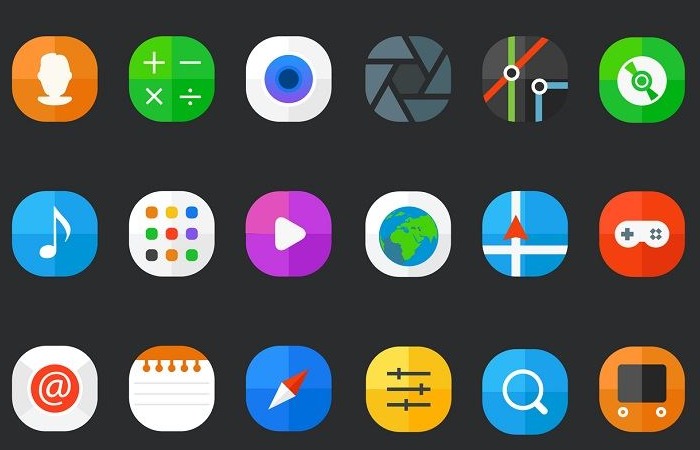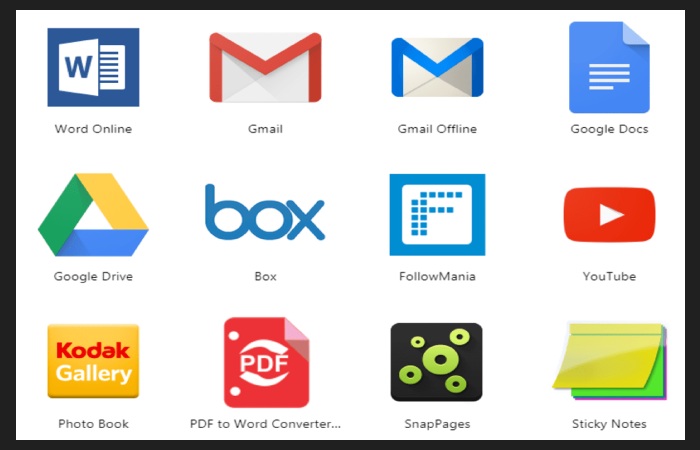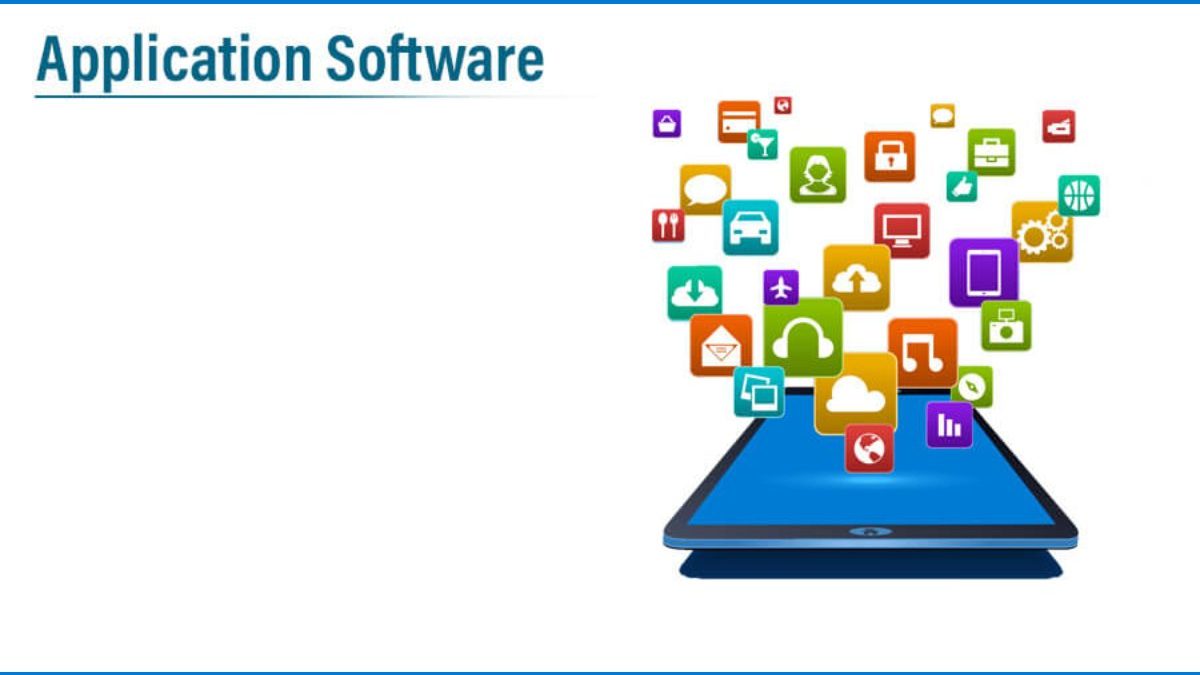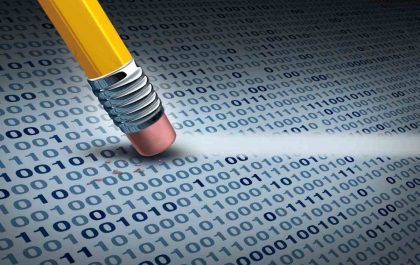Table of Contents
What is an Application?
In the technological jargon of the beginning of the 21st century, a mobile application or simple application (or even more abbreviated, app, from English application) is called those computer programs created to be installed and implemented on a mobile device (such as a smartphone or a tablet). These applications are intended to carry out specific operations in matters ranging from management and connectivity to education and entertainment.
Mobile applications or apps are a type of software that consists of programs added to the system to carry out different operations. However, the two terms should not be confused since pieces of application software are also programs installed on a desktop computer (such as word processors and design programs, for example).
On the other hand, we should not confuse apps with web applications, which are computer programs available for execution through a connection to a server over the Internet, that is, software available to be executed directly through a web browser.
Although the first apps came pre-installed on the smartphones of yesteryear, today, users are expected to choose them and download them to the device from the Internet. This can be done freely or through distribution platforms (marketplace, store, or similar) where you can opt for free or paid programs.
Types of Mobile Applications

Mobile apps can be classified according to their specific functions:
Device Management Apps.
They are those that allow the user to have greater control over the device’s resources, such as free space and RAM, or allow protection against hackers, viruses, and other possible threats.
Communications Apps.
They allow the user to communicate with other users through the Internet, whether through text messages, video calls, or sending and receiving files, among others.
Leisure Apps.
They offer the user varied entertainment options, from video games and hobbies to music, video clips, comics, and digital books.
Productivity Apps.
They are those that the user can use to work, such as word processors, calculation tables, group management software, or presentation design. Others allow you to request or offer professional services or even search for work.
Educational Apps.
They allow users to learn new knowledge, read digital materials, or teach classes. Some will enable you to search for scholarships and study opportunities or even apply directly to international universities; others are used to learning new languages.
Design Apps.
They provide the user with specific graphic design and web design tools, which allow them to create images, take and retouch photographs, and program, among other similar tasks.
Shopping Apps.
They are used to buy or sell goods and services, hire remote employees or services, acquire and use discount coupons, and even make purchases at the supermarket and receive them at home.
Financial Apps.
They allow the user to carry out banking transactions and investment operations, such as bank transfers, purchase of currencies (or cryptocurrencies), pay for services, and even manage their finances more orderly and efficient.
Health and Training Apps.
They help the user meet a goal related to their body and health, such as losing weight, monitoring their exercise dynamics, dieting, and controlling their menstrual cycle.
Social Apps.
They allow users to integrate online communities, such as social networks and dating applications, make new friends, and participate in discussion and debate forums.
Culinary and Gastronomic Apps.
They allow users to discover new restaurants, order food remotely, or find new culinary recipes.
Service Apps.
They are those that the user requires to be able to access a specific genuine service, such as making appointments at doctors’ offices, requesting a visit from a technician, and managing their internet connection, among others.
Examples of Mobile Applications

Gmail.
It is an app that allows you to manage one or more email accounts opened with the Gmail service, belonging to Google, from your device.
YouTube.
It is an app that operates jointly with the social video network YouTube, allowing the user to search and view videos on the screen of their cell phone or tablet.
Netflix.
It is an app belonging to this subscription audiovisual content service that allows its members to watch series, movies, and short films on their tablet or cell phone.
Twitter.
It is an app belonging to the same name’s social network, allowing users to read and send short messages in a digital community to exchange opinions.
Canva.
It is a design app that, through a very simplified interface, allows you to create compositions, montages, and visual edits directly on your phone or tablet.
Brave.
It is an app for browsing the Internet. This independent web browser provides users with a personalized and secure experience through a tab system similar to Google Chrome.
Slack.
It is a workgroup management app that allows, through thematic channels, written group communication, the exchange of audio, links, images, and text, and the centralization of work, replacing an actual office for the company.
Duolingo.
It is a language learning app that gives the user an orderly and gradual experience of exposure to the language, with theory and practice included.
Orders NOW.
It is an app that allows you to place orders from restaurants and supermarkets and request courier and parcel services on a short scale through a network of motorized or bicycle couriers.
WhatsApp.
It is a communications app that connects two or more users through direct text and audio messages or calls & video calls made over the Internet.
Argentine Trains.
It is an Argentine government app design to track the schedules of the national train network, plan urban trips, and have news about the status of the service.
Free market.
Free market is an app for buying or selling goods & services, which acts as an intermediary between those who sell something and those who can buy it, operating like an online catalog.
Spotify.
Spotify is a highly customizable music & podcast app, which, through a learning algorithm, allows users to listen to their favorite bands and discover new music according to their preferences.
Yoho Sports.
It is a training app that connects devices like pulse measurement bracelets or tachometers to track lost calories and daily training time.
Google Maps.
It is a navigation app that uses the device’s connectivity with GPS (Global Positioning System) services to determine the user’s location on a gigantic set of maps and plans on a global scale.
Instagram.
It is an app belonging to the same name’s social network that allows you to share photographs and videos as part of a large community of users at a national and international level.
Tinder.
It is a dating application that allows users to meet people in their city for romantic purposes.
Adobe Scan.
It is an app design to scan documents using a cell phone or tablet camera and compose a document in PDF format with them.
Coursera.
Coursera is an application design to bring the contents of the Coursera courses and self-learning website to your phone or tablet.
Headspace.
Headspace is an appllication that provides the user with a directed meditation & mindfulness training experience inspired by the learnings of a former Buddhist monk, Andy Puddicombe.
Hello, Chinese.
The app allows users to take their first steps in learning Chinese (Mandarin), testing their pronunciation, listening, and reading skills.
Microsoft To Do.
It is an application that allows users to create lists of tasks to do efficiently and organize.
Booking.
Booking is an application that allows users to access the booking database from their phone or tablet. It is also an intermediary company that will enable them to find accommodation in other cities, rent cars, or order taxis for their trip.
Binance.
Binance is an app for making financial investments in digital assets, buying and selling cryptocurrencies from your phone or tablet.
Conclusion:
In Conclusion, we explain mobile applications, their uses, and how they are obtained. I will also provide the types of applications that exist and various examples.
Related Posts:
Technology
Operating System
Electronics
Windows
Social Networks
Cyberspace
Computer
Networking
Related posts
Featured Posts
Cache – Brief Explanation
What is Cache Memory? In computing, cache memory or quick access memory is a resource that a CPU (Central Processing…
Top Cricket Coaching Classes in Lucknow – Cricket Academies
About Cricket Coaching Classes Cricket Coaching Classes discuss the importance of physical training and balancing it with mental preparation. Everyone…



